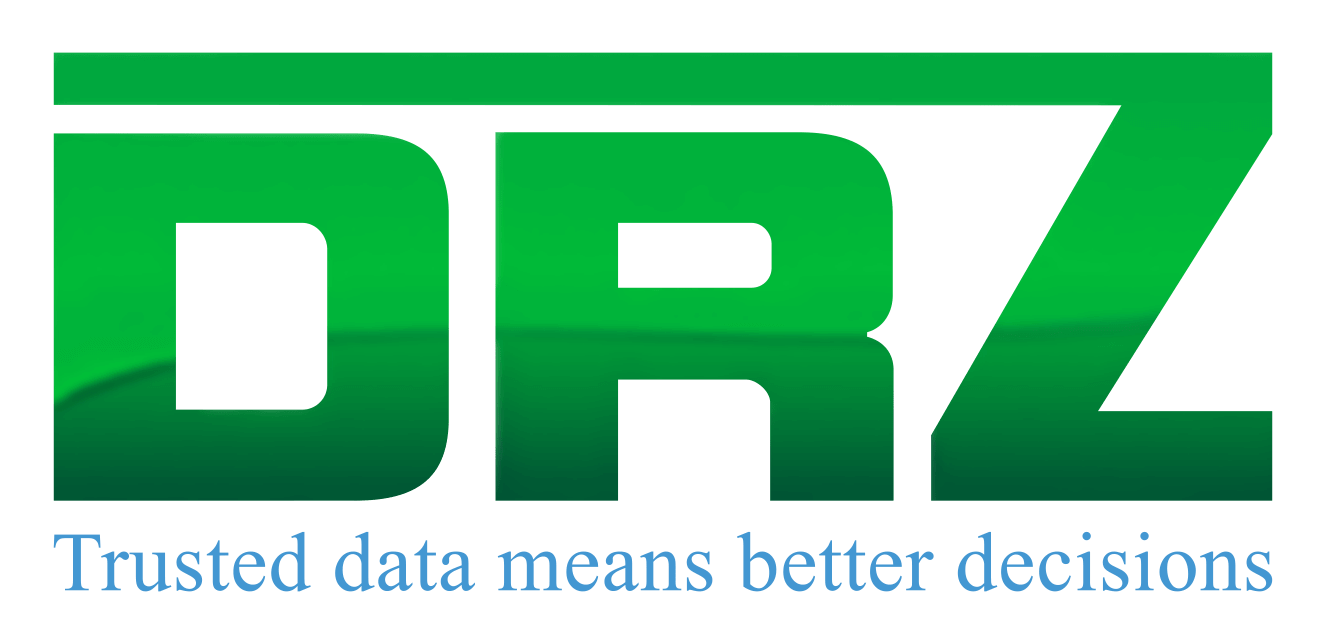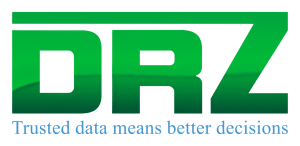This website uses cookies so that we can provide you with the best user experience possible. Cookie information is stored in your browser and performs functions such as recognising you when you return to our website and helping our team to understand which sections of the website you find most interesting and useful.
SECTION 1 - WHAT WILL WE DO WITH THIS INFORMATION?
By filling out the contact form on our website, actively showing interest, we collect the following information: Name, email, telephone, city and state.
When you access our website, we also automatically receive your computer's internet protocol, IP address, in order to obtain information to help us learn about your browser and operating system.
Email marketing will only be sent if you allow it. In these emails you can receive news about DRZ, new solutions and other updates.
SECTION 2 - CONSENT
How do you get my consent?
When you provide personal information such as your name, telephone number and address to complete the form, we understand that you agree to the collection of data for use by our company.
If we ask for your personal information for a secondary reason, such as marketing, we will ask you directly for your consent, or provide you with the opportunity to say no.
And if you want to withdraw your consent, how to proceed?
If after you provide us with your data you change your mind, you can withdraw your consent by contacting us at: mkt@drz.global.
SECTION 3 - DISCLOSURE
We may disclose your personal information if we are required by law to do so or if you violate our Terms of Service.
SECTION 4 - THIRD PARTY SERVICES
In general, the third party providers used by us will only collect, use and disclose your information to the extent necessary to enable them to perform the services they provide to us.
Once you leave our store's website or are redirected to a third-party app or website, you will no longer be bound by this Privacy Policy or our website's Terms of Service.
Links
When you click on links in our store, they can take you away from our site. We are not responsible for the privacy practices of other websites and encourage you to read their privacy statements.
SECTION 5 - SECURITY
To protect your personal information, we take reasonable precautions and follow industry best practices to ensure that it is not inappropriately lost, misused, accessed, disclosed, altered or destroyed.
SECTION 6 - CHANGES TO THIS PRIVACY POLICY
We reserve the right to modify this privacy policy at any time, so please review it frequently. Changes and clarifications will take effect immediately after their publication on the website. If we make material changes to this policy, we will notify you here that they have been updated so that you are aware of what information we collect, how we use it, and under what circumstances, if any, we use and/or disclose it.
If our brand is acquired or merged with another company, your information may be transferred to the new owners so that we can continue to sell products to you.






